How To Set Goals And Achieve Them At Work
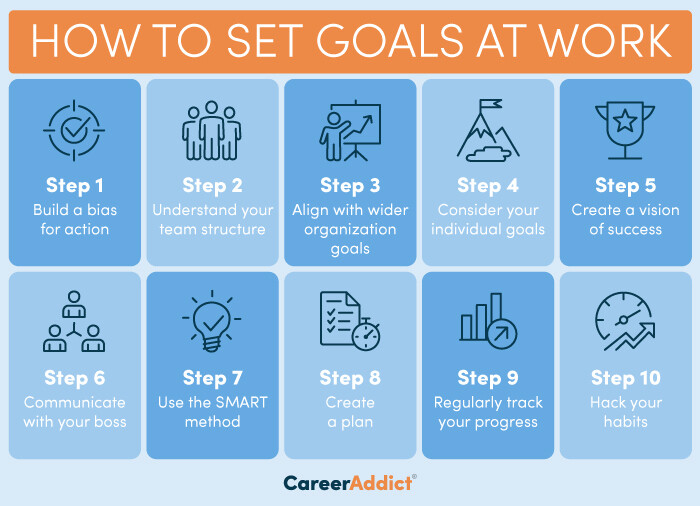
The aroma of freshly brewed coffee hangs in the air, mingling with the quiet hum of keyboards. Sarah, a young marketing assistant, stares intently at her screen, a mix of determination and overwhelm flickering in her eyes. Deadlines loom, projects pile up, and the path to career advancement feels like navigating a dense forest without a map.
The ability to set and achieve goals is a cornerstone of professional success. It's not just about ticking boxes; it’s about charting a course for growth, fostering motivation, and ultimately, realizing your full potential in the workplace. Mastering this skill can transform a feeling of being adrift into one of purposeful progress.
The Foundation: Understanding Your "Why"
Before diving into the mechanics of goal-setting, it’s crucial to understand your underlying motivations. What truly drives you? What are your long-term career aspirations? According to a 2023 study by Gallup, employees who feel their work aligns with their values are five times more likely to be engaged.
Take some time for introspection. Reflect on your passions, skills, and the kind of impact you want to make. This self-awareness will inform the goals you set and fuel your commitment to achieving them.
SMART Goals: The Blueprint for Success
Once you have a clear understanding of your "why," it’s time to translate that into actionable goals. The SMART framework—Specific, Measurable, Achievable, Relevant, and Time-bound—provides a structure for creating effective goals.
Instead of setting a vague goal like "improve my communication skills," a SMART goal would be "complete a public speaking workshop and deliver a presentation to my team within the next three months, receiving positive feedback from at least 80% of attendees on clarity and engagement." This goal is specific, measurable, achievable, relevant to your career development, and time-bound.
Breaking Down the Big Picture
Large, ambitious goals can feel daunting. To avoid feeling overwhelmed, break them down into smaller, more manageable tasks. This approach allows you to celebrate small victories along the way, maintaining momentum and boosting your confidence.
Think of it like climbing a mountain. You wouldn't try to scale the peak in one giant leap. Instead, you'd break the journey into stages, setting mini-goals for each section of the ascent.
Tracking Progress and Staying Accountable
Setting goals is only half the battle; tracking your progress and holding yourself accountable are equally important. Use a system that works for you, whether it's a digital planner, a spreadsheet, or a simple notepad.
Regularly review your progress, noting your accomplishments and identifying areas where you may be struggling. Accountability partners, such as a mentor or a trusted colleague, can also provide support and encouragement.
Embrace Flexibility and Adaptability
The professional landscape is constantly evolving. Be prepared to adjust your goals as needed to reflect changing circumstances or new opportunities. Rigidity can be a hindrance; adaptability is a strength.
Don't be afraid to reassess your priorities and make necessary course corrections. The key is to remain focused on your overall vision while staying flexible enough to navigate unexpected challenges.
Celebrating Success and Learning from Setbacks
Acknowledge and celebrate your achievements, no matter how small. This reinforces positive behavior and motivates you to continue striving for excellence. Treat yourself to a small reward for reaching a milestone, or simply take a moment to savor your accomplishment.
Setbacks are inevitable. Instead of dwelling on failures, view them as learning opportunities. Analyze what went wrong, identify areas for improvement, and adjust your approach accordingly. As Thomas Edison famously said, "I have not failed. I've just found 10,000 ways that won't work."
Ultimately, the journey of setting and achieving goals at work is a continuous process of self-discovery and growth. It's about defining your vision, taking purposeful action, and embracing the challenges along the way. Sarah, armed with these strategies, closes her laptop, a renewed sense of purpose shining in her eyes. The forest still looms, but now she has a map, a compass, and the unwavering belief in her own ability to navigate it.

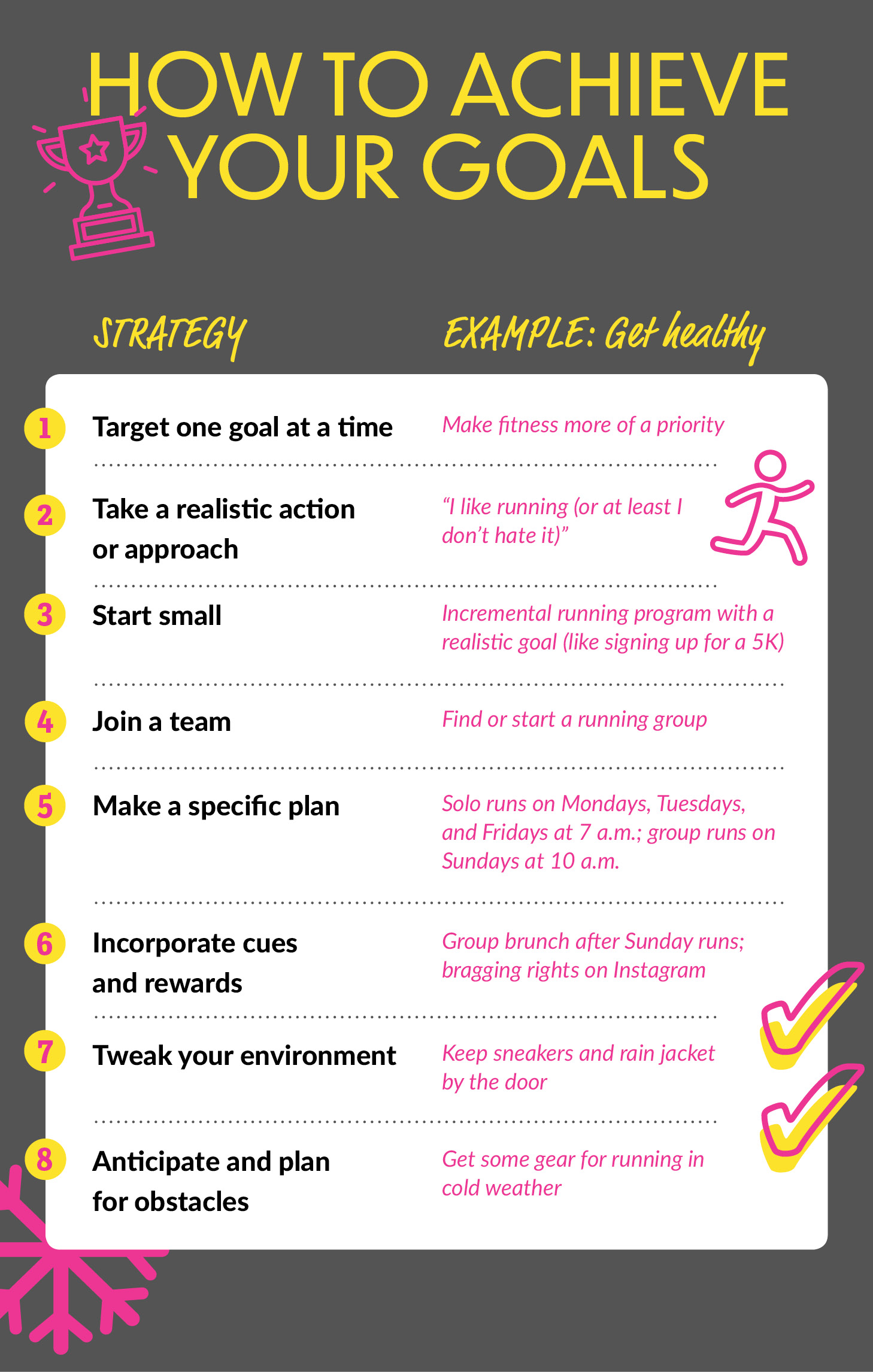






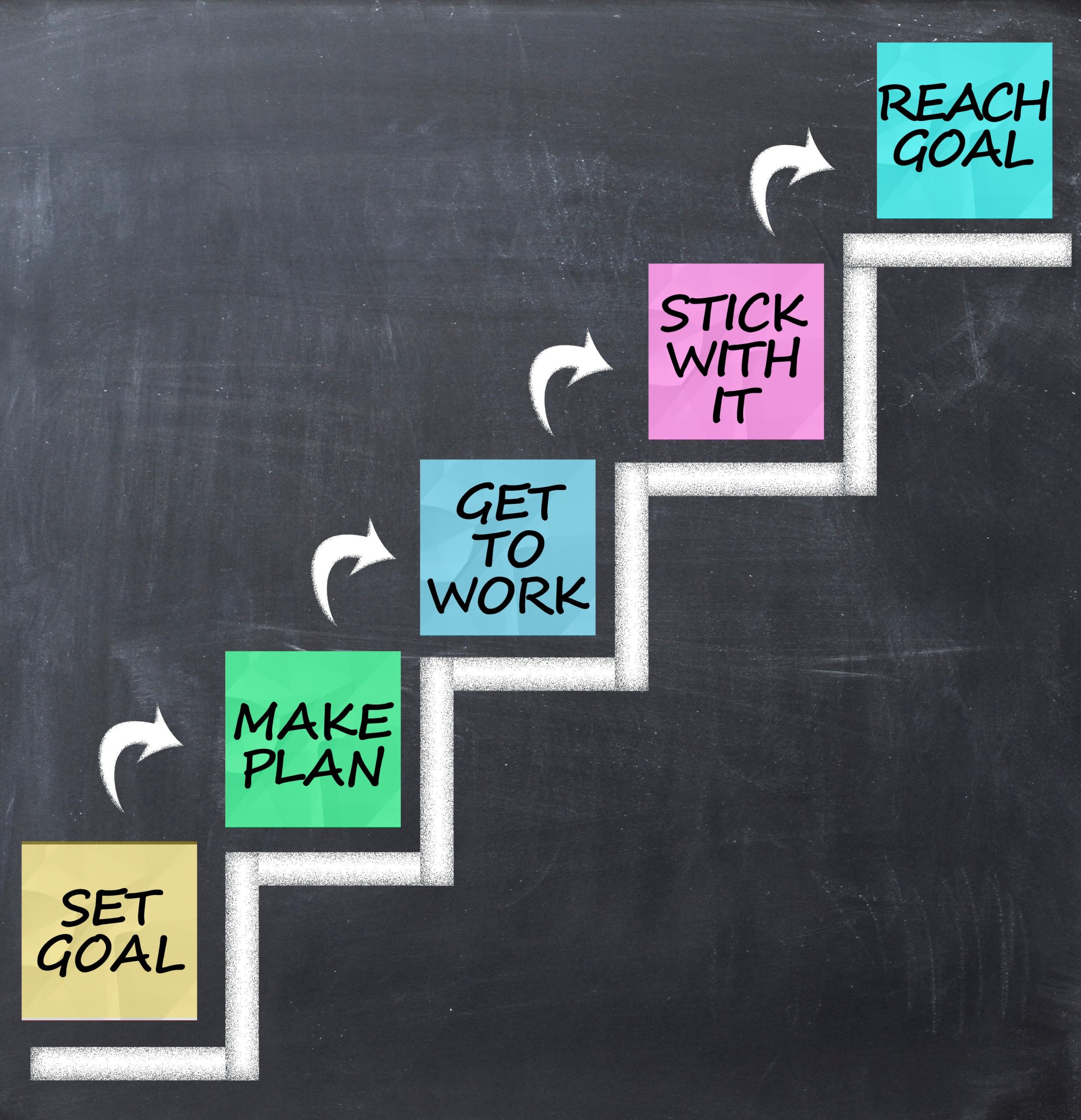

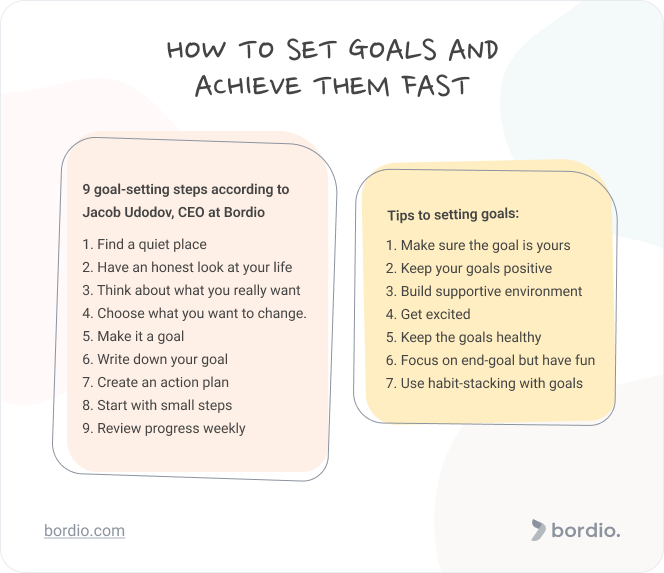




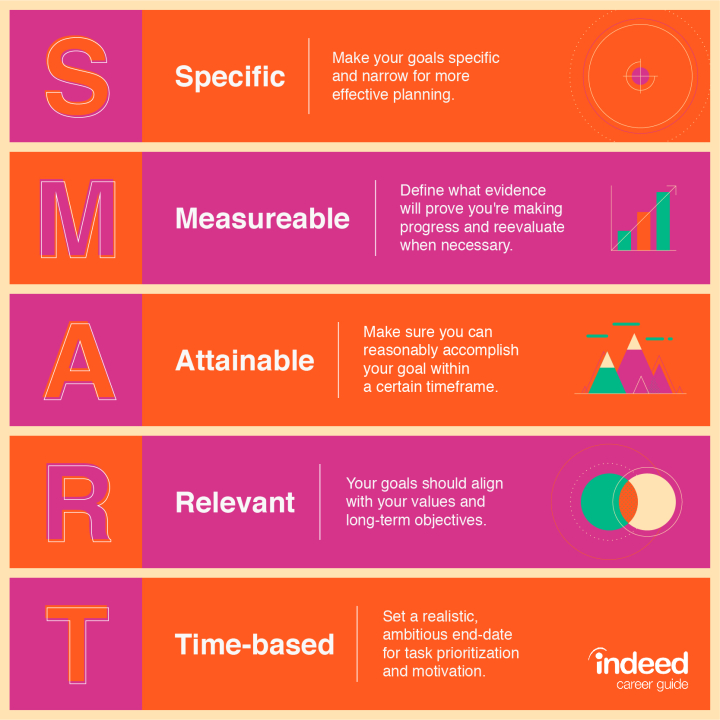

.png)
